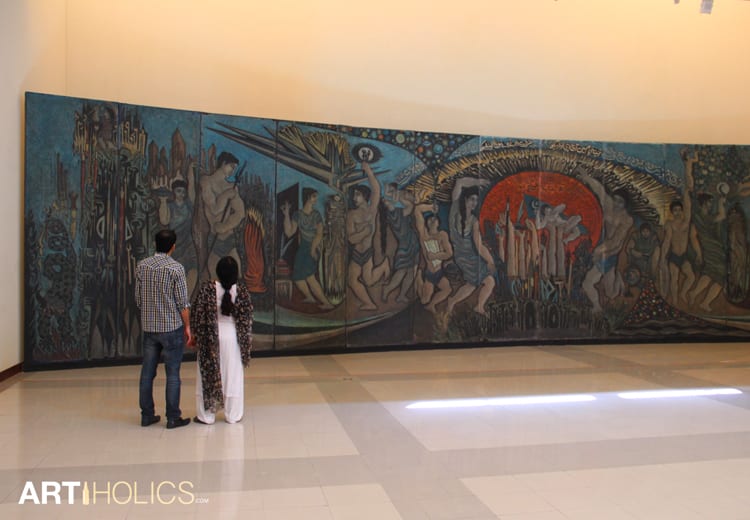
Islamabad, Pakistan – Friday, June 6, 2014
As I mentioned in our article last week about the Pakistani Art School tour (click to read), the contemporary art scene in the city of Lahore is growing. After the trysts with faction groups, the nation is empowered and feel a sense of patriotism and pride. They desire peace and want to be viewed as respected as a nation who seeks to protect the citizens in their care. To be recognized as on par with other nations is to be part of the developing movement that is hitting Pakistan today. To be part of change that is tangible is both exciting and real, never has a sense of pride been so prevalent and people feel the change in the air.
[youtube https://www.youtube.com/watch?v=CoNvJHu3QJ4?rel=0]
My second visit was at the Lahore Museum. Interestingly, Rudyard Kiplings’s father, John Lockwood Kipling, was one of the earliest and most famous curators of the museum. He recognized the need to celebrate and protect the heritage of the region and the museum, the largest in the country, houses some of the finest specimens of Muslim, Sikh and Hindu artifacts.
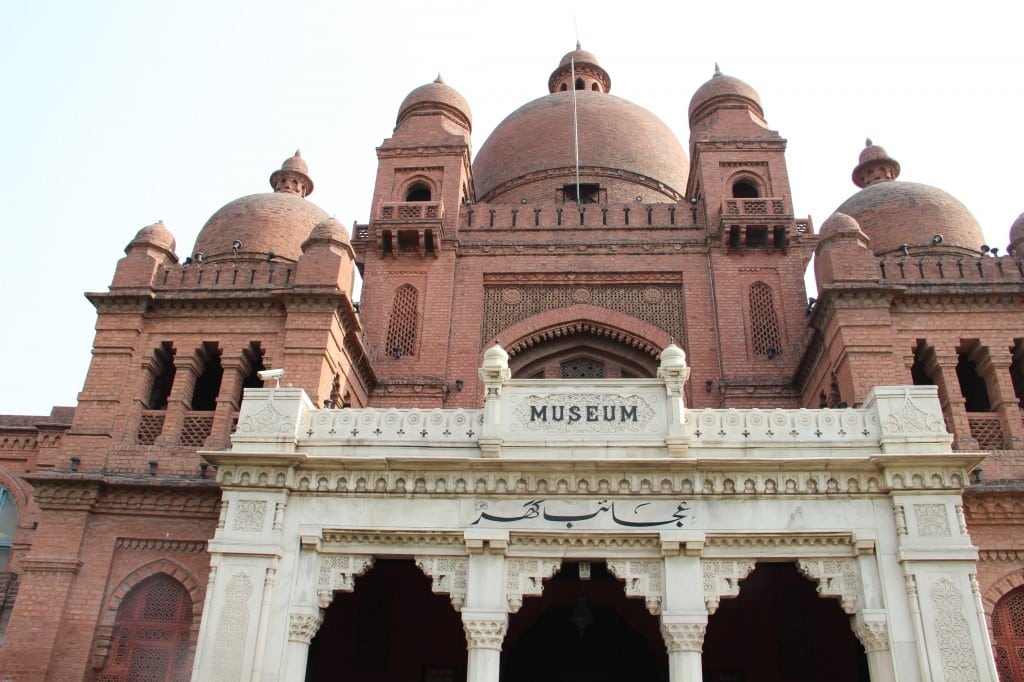
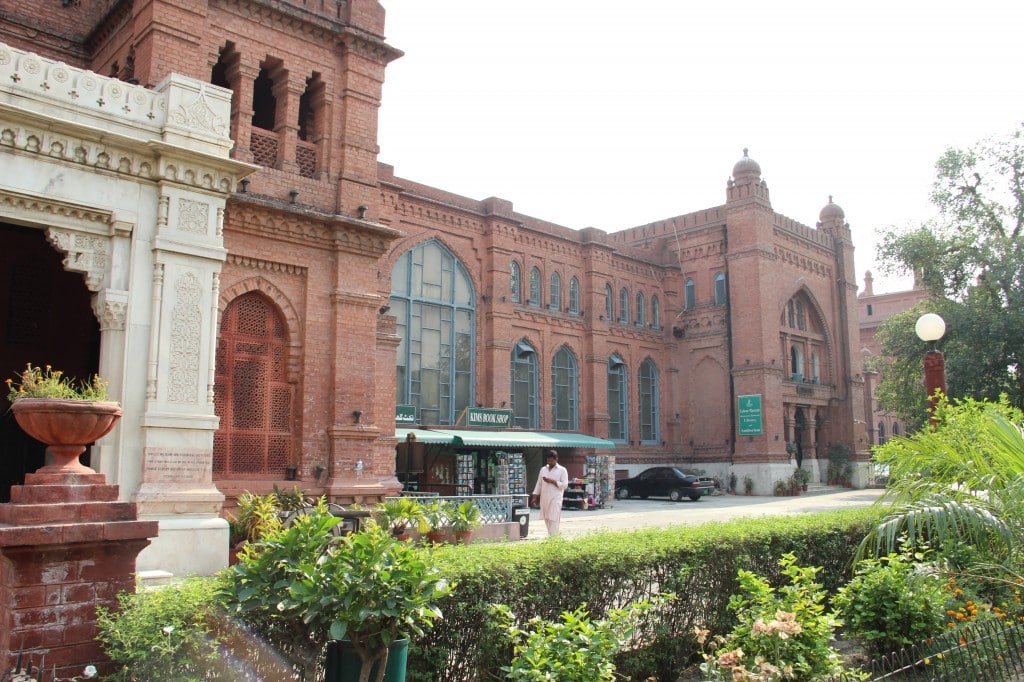
The museum seeks to protect and pageant Pakistan’s historical and cultural past. The impressive entrance to the museum exhibits remarkable examples of both Mughal and Sikh door-ways and the intricately carved wood-work exhibited remains a craft unique to the region today. There is a huge collection of paintings dating back to the Mughal, Sikh and British periods as well as various other treasures such as a collection of musical instruments, ancient jewelery, textiles, pottery, and armory.
[youtube https://www.youtube.com/watch?v=857d8KdjDWw?rel=0]



My third visit was to the Pakistan National Council of Arts (PNCA) in the modern city of Pakistan’s capital, Islamabad. Located four hours from Lahore and built at the northern edge of the Pothohar plateau, en-route we marveled at the breath taking scenery of lush hills and mountains.
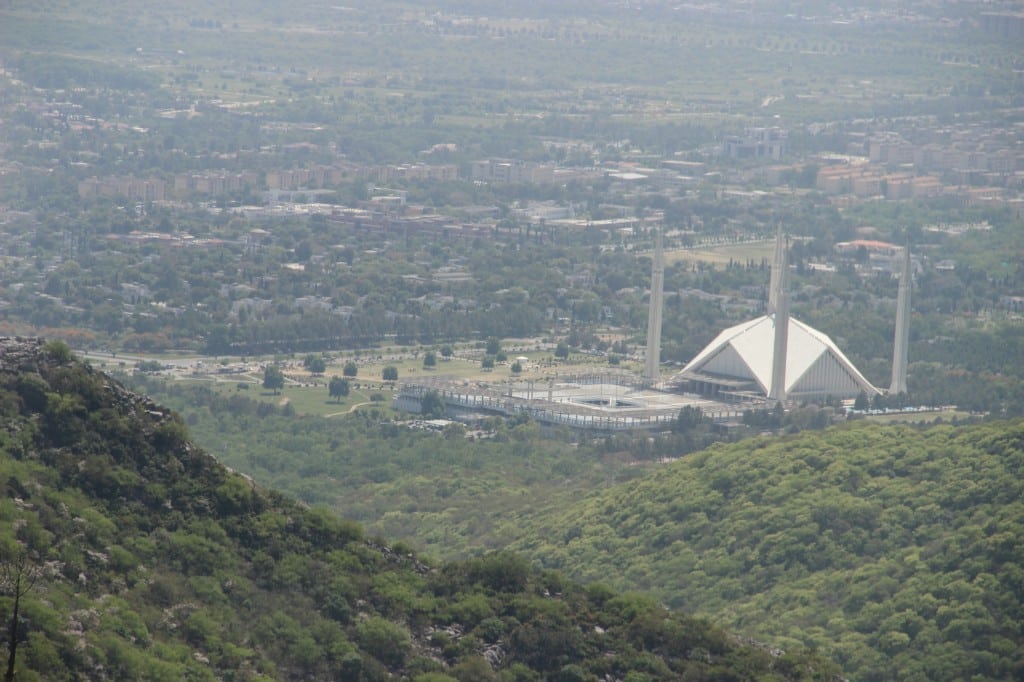

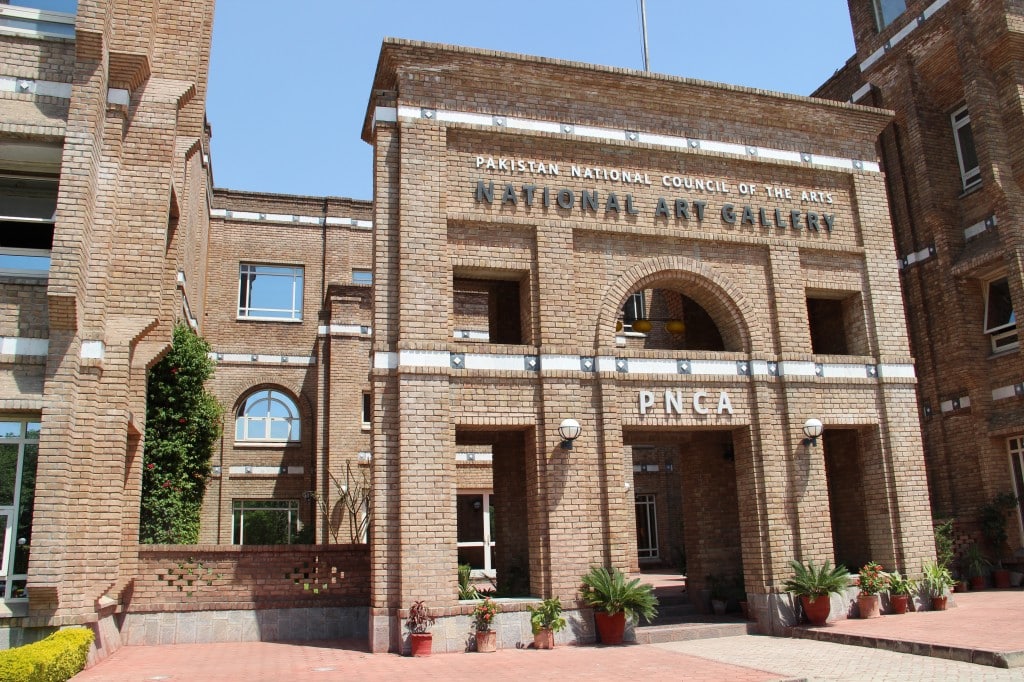
As we neared the modern PNCA building, the impressive four-story Art Gallery that comprises of 1800 square yards and houses 14 galleries, would rival any western gallery. Borne from the growing awareness to promote the arts in the capital, the institution seeks to close the gap between the artist and the intellectual, ideally seeking to promote home-grown artistes and essentially providing a platform for them to springboard their work to the international market. Bringing “all forms of Art under one roof” is the vision of PNCA and this is done through the numerous galleries that bring together the renowned artist along with the emerging one.


I had the pleasure of viewing a collection by the famous Pakistani artist Sadequain Naqqash (1930-1987) a world renowned Pakistani artist best known for his skills as a calligrapher and painter. Sadequain was the most prolific painter of post-partition Pakistan and was well known for his large scale murals. He was interested in the natural forces that affected the equality of mankind and the threats faced by his fellow men. He was intrigued by the human spirit and potential to stay steadfast in their resolve in a selfless struggle for the greater cause. Sadequain was a true ‘man of the people’ who painted for the people and repeatedly stated that he was not interested in decorating the drawing rooms of the rich and powerful. He worked predominantly on large murals specifically for public buildings in order to symbolize the collective labor of humanity.
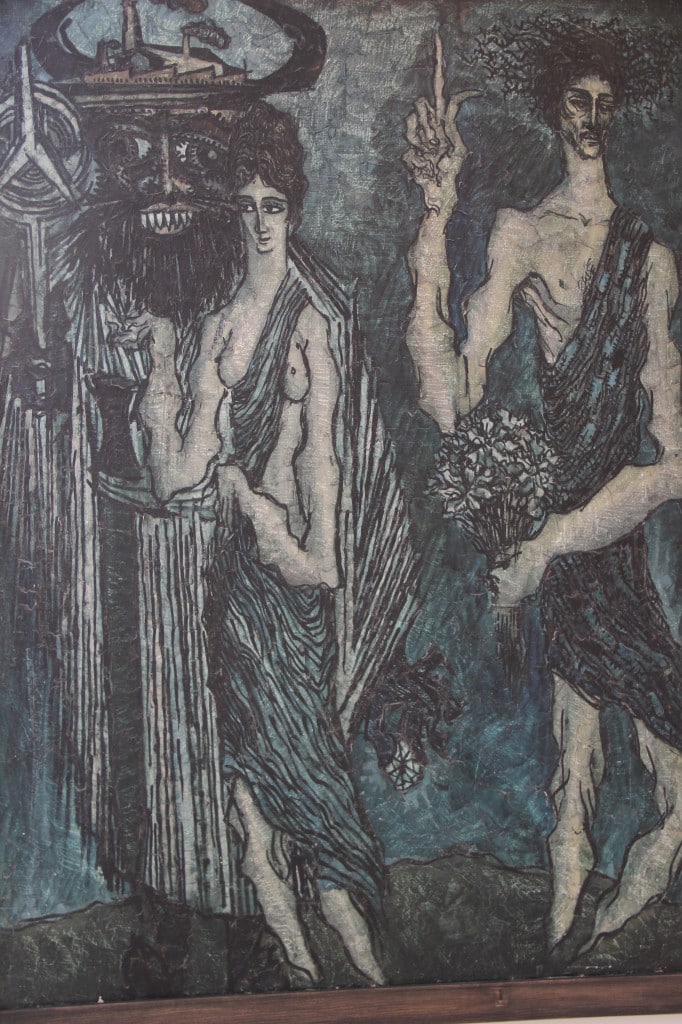
Although of Pakistani origin, I tend to think of myself as an international artist who has had the good fortune to exhibit in many different countries internationally. This visit home left me quite nostalgic but also highlighted my senses to the art scene many years back and the developments that I have had the pleasure of seeing today. I may not be a ‘homegrown’ artiste but I feel the need to promote the talent that is so prevalent in the region.

Last year an art auction was held in Dubai, supported by the United Nation World Food Programme (WFP) for Pakistan. The “Pakistani Contemporary Art Now” exhibition auctioned off 56 paintings moderated by the prestigious Christie’s auction house. Paintings were donated by Pakistani masters and emerging artists and over 1.5 million dollars was raised and donated to the WFP.
I was humbled to have my work included alongside renowned artistes such as Gulgee, Sadequain, Ahmad Pervez and Bashir Mirza, whose pieces won the highest bids of the evening. This event not only raised the profile of the artists of the region but also provided collectors the opportunity to invest in promising artists.
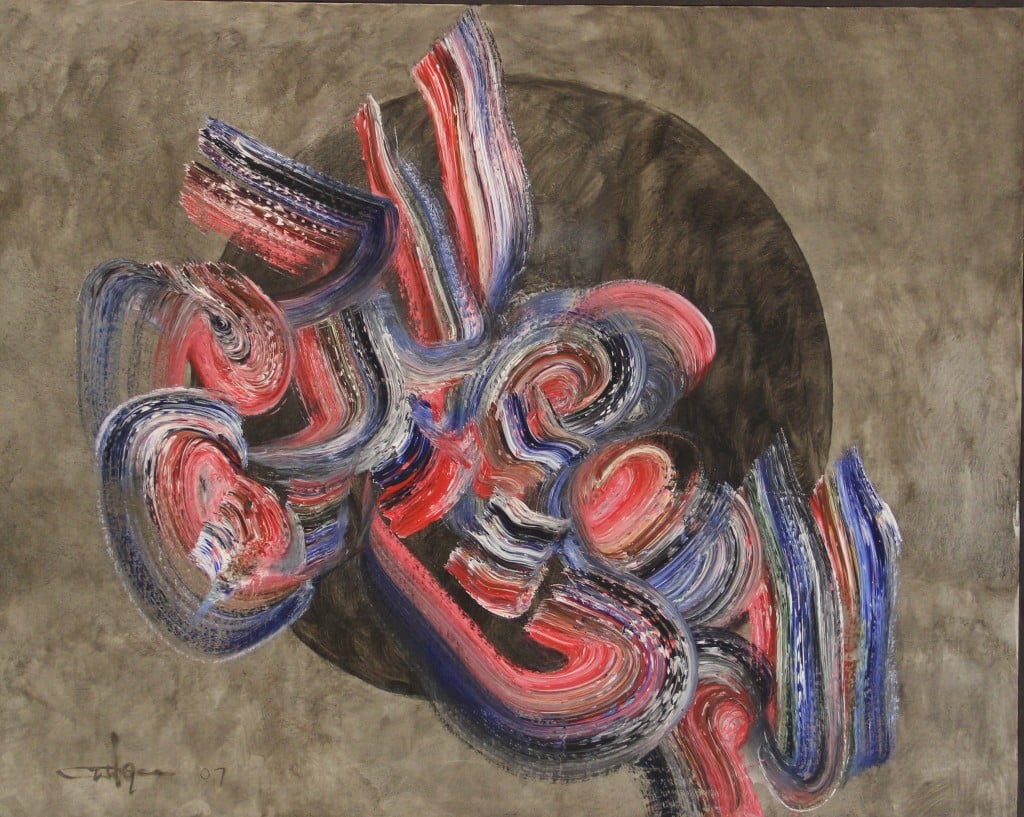
According to the local artists, the art market began thriving almost a decade ago with the value of Pakistani art tripling between 2005 and 2009. Pakistani expatriates, wealthy locals and serious art collectors are recognizing the creativity and talents that were emerging from Pakistan. This interest enabled the art scene to flourish and be recognized both as a viable entity as well as a lucrative investment.
A recent online poll noted that twenty percent of expatriates invested in art, second only to property. As the art scene seeks to further develop through seeking to distance itself from the media negativity, the resolve is witnessing in all forms of contemporary mediums. New galleries are opening up and the art dialogue is spreading through online magazines and blogs. In the modern internet age, the word is spreading fast and all these mediums of expression seek to bring a nation to the forefront of its true potential and to ultimately become better than they think they can be.
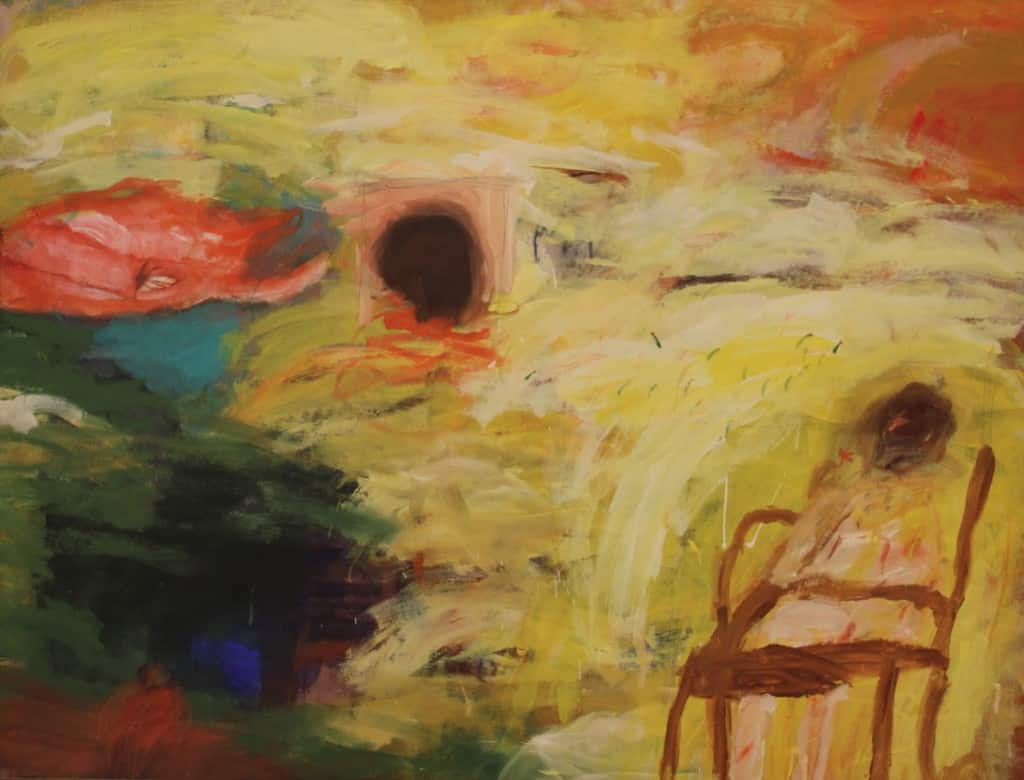
The current scene sees artists intermingling across previously blurred borders to produce unique creations that incite an air of freshness. Thoughts and views are being constantly questioned and it is this challenge that will give rise to the meaningful conversations that effect change within a countries understanding and attitudes.
We are not an angered nation who is devoid of morals or who place no value on the frailty of human life, in fact we are a nation that understands that a visual stimulus creates dialogue, which in turn promotes ideas and a collective community spirit.
Art breaks down the barriers and invites people to a platform of intelligent participation, irrespective of socioeconomic status, age, race, gender, caste or hierarchy. It is this force that promotes cohesion, greater pride and patriotism and brings together an otherwise divided country.

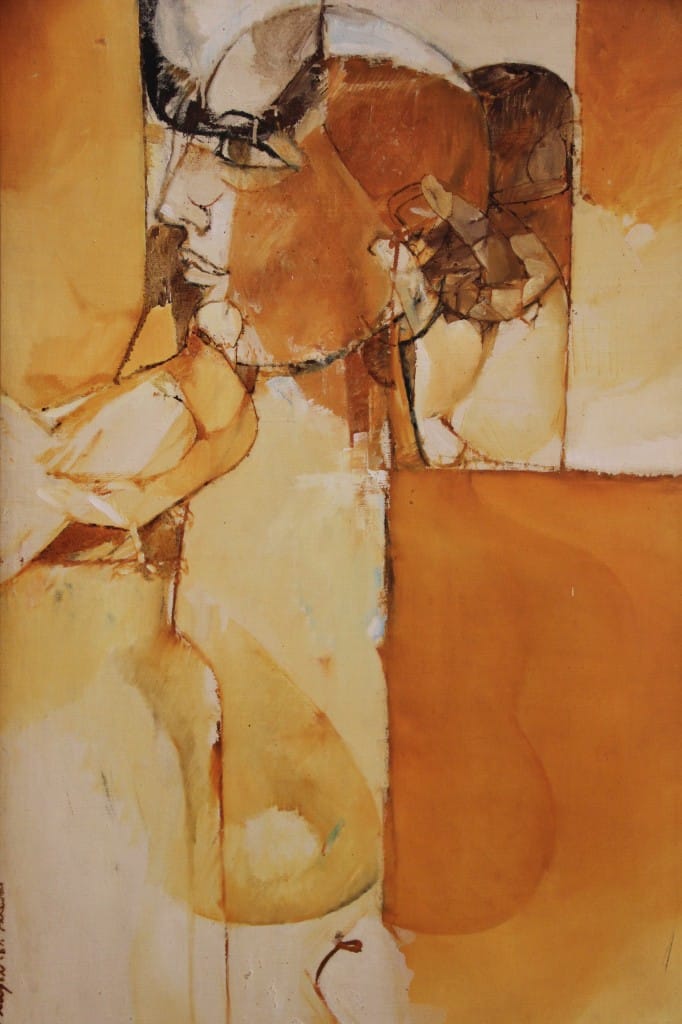
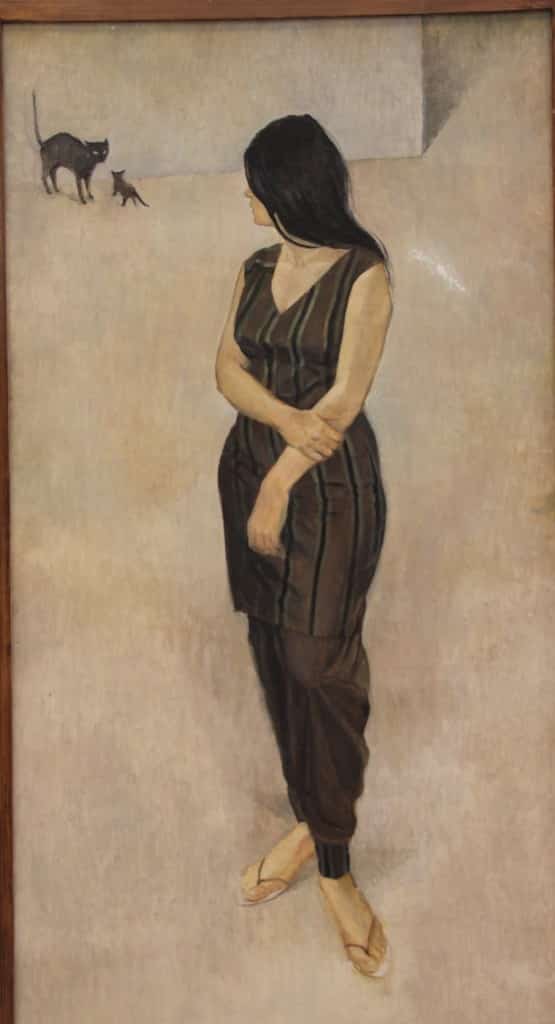

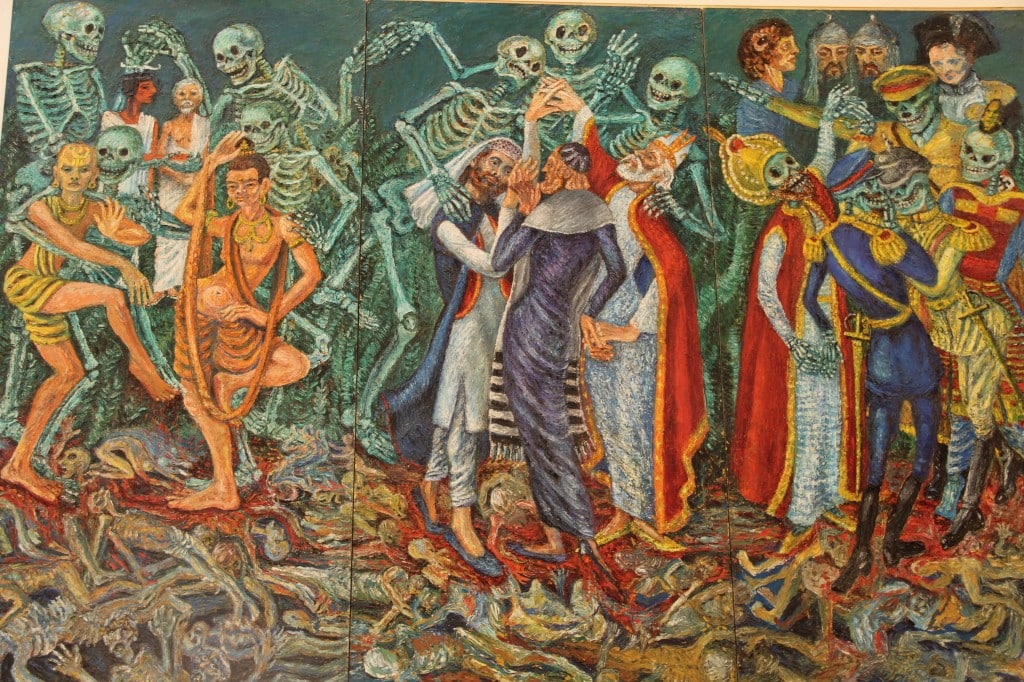
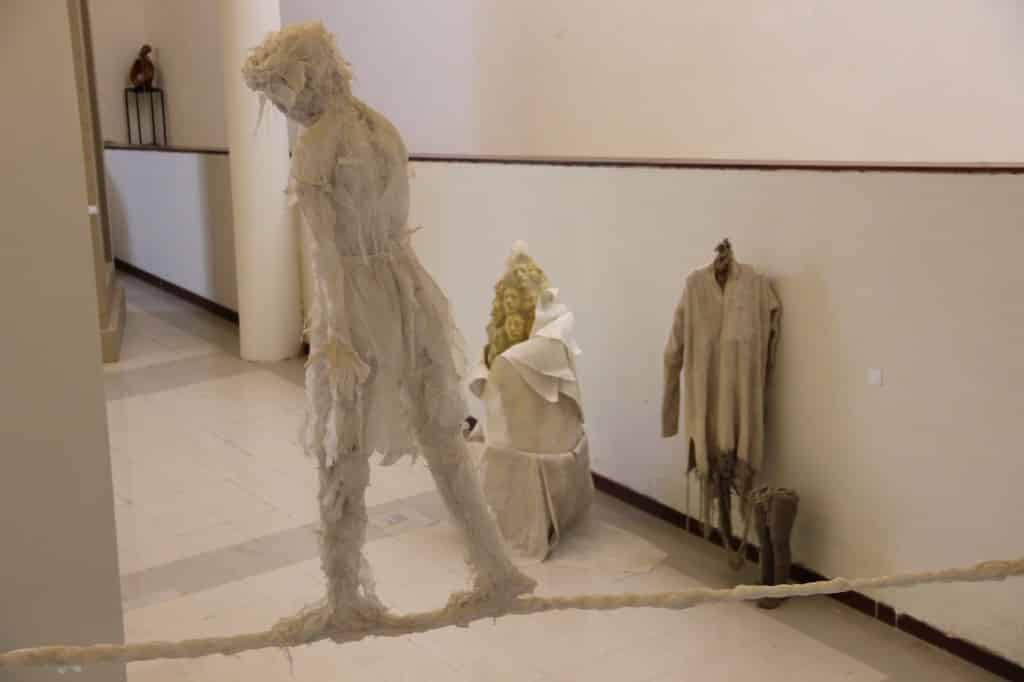
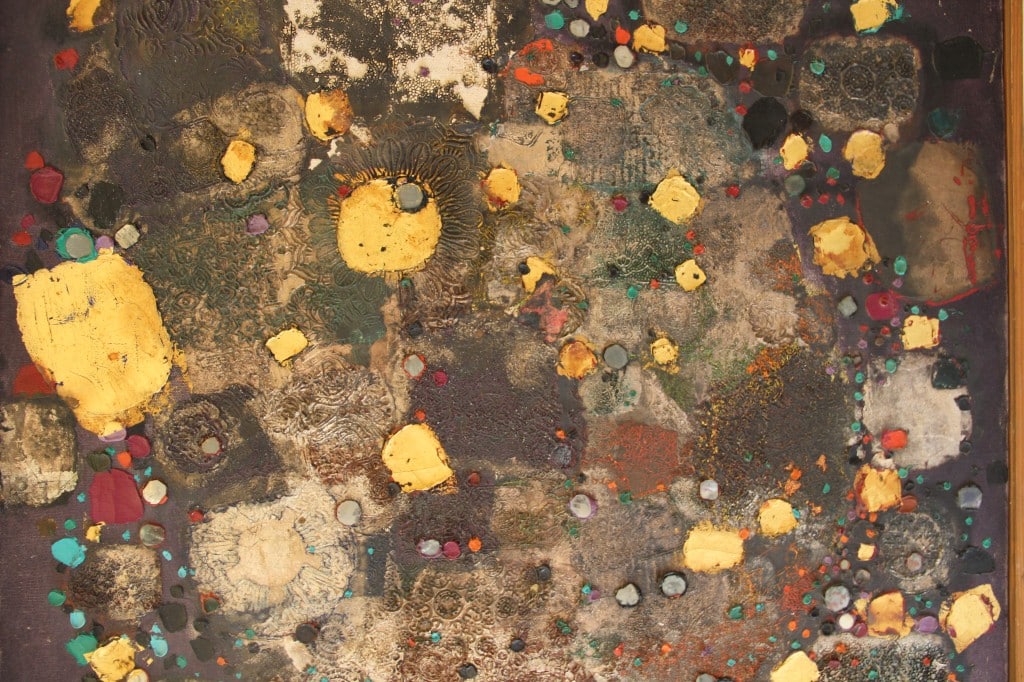

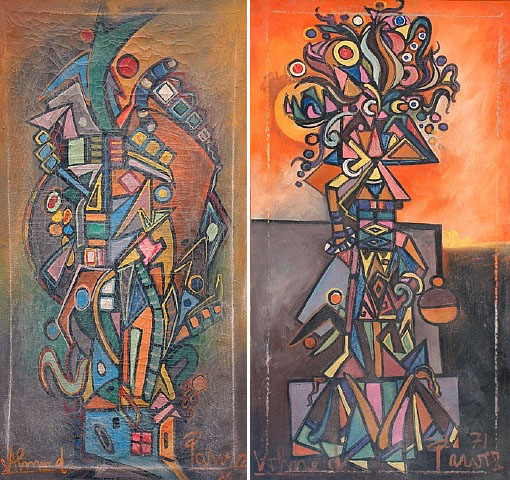

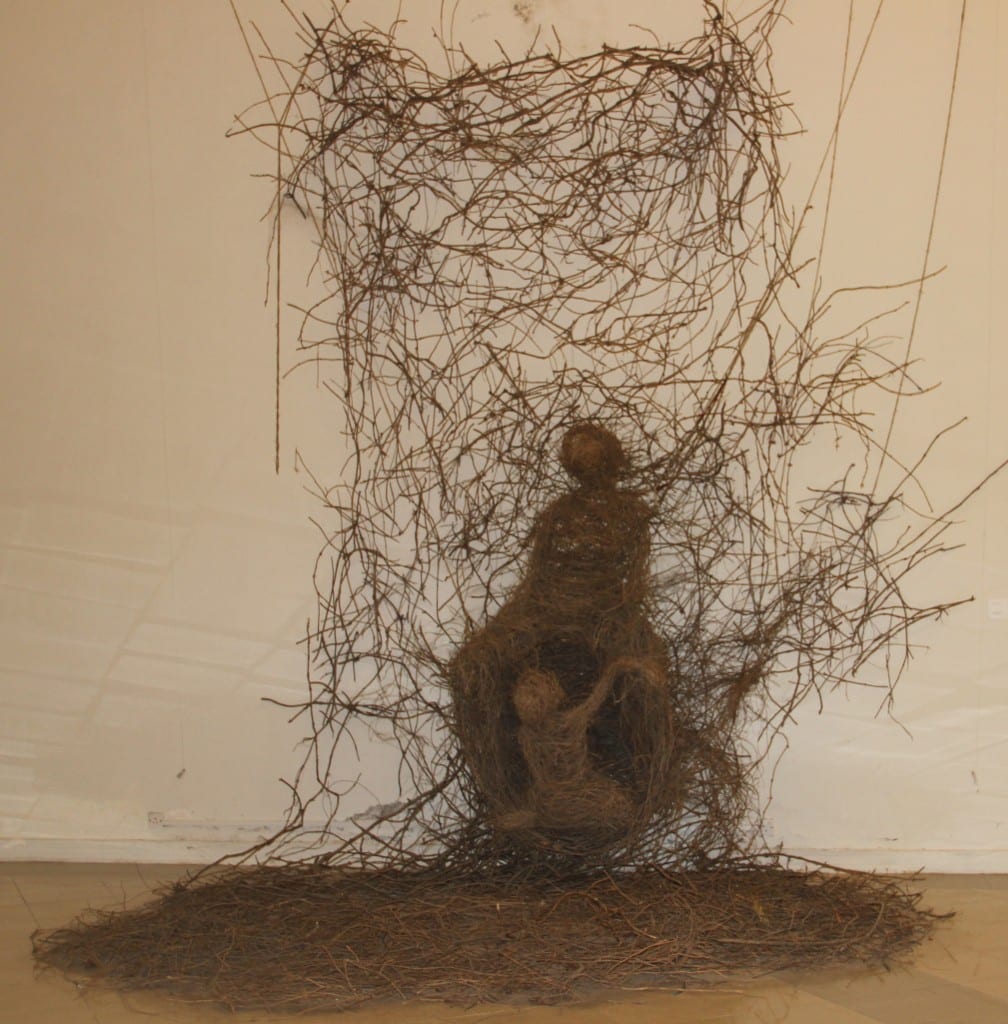

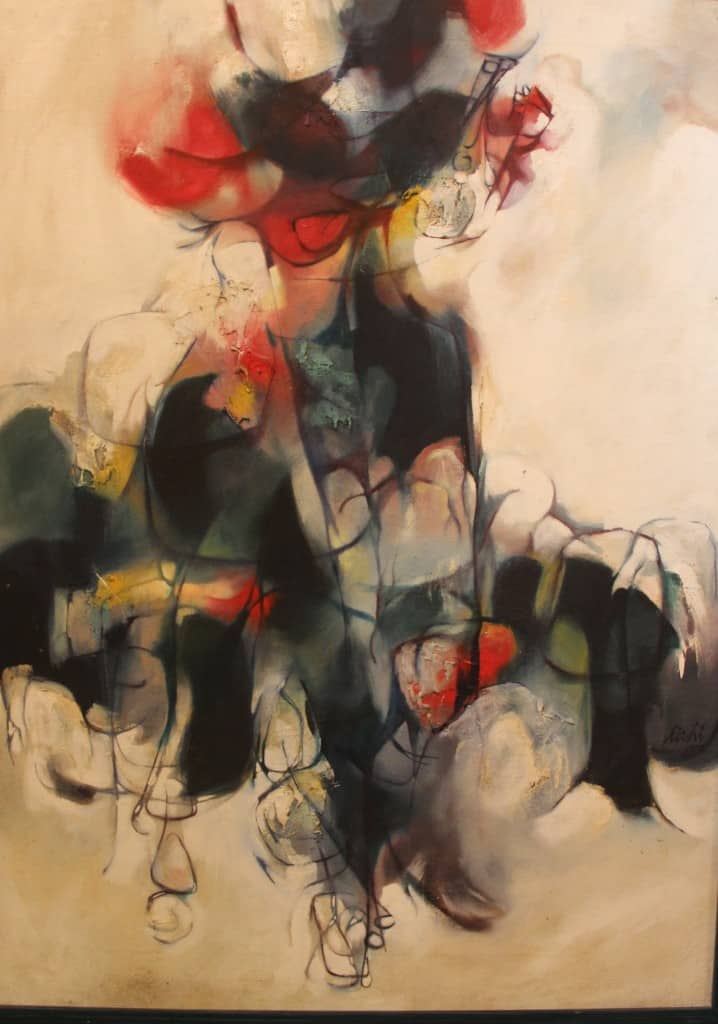

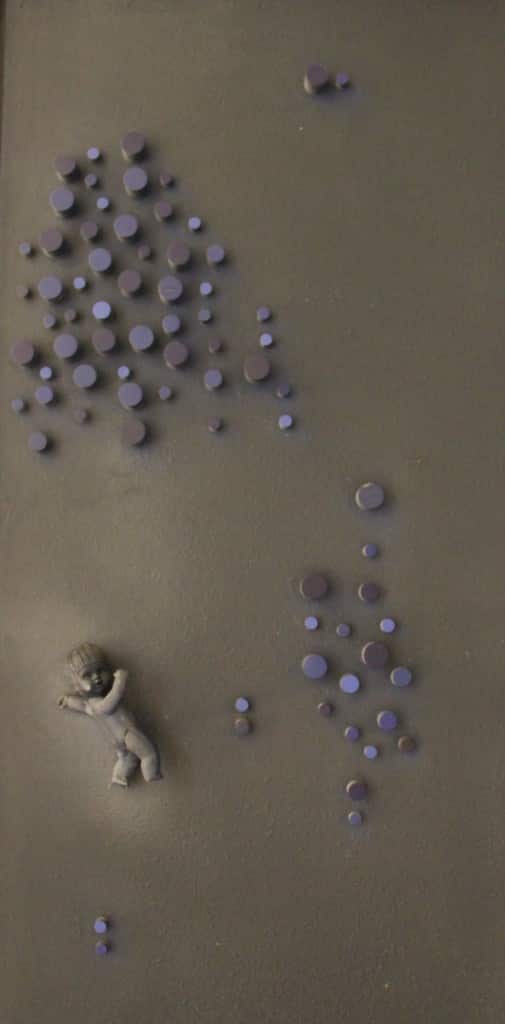
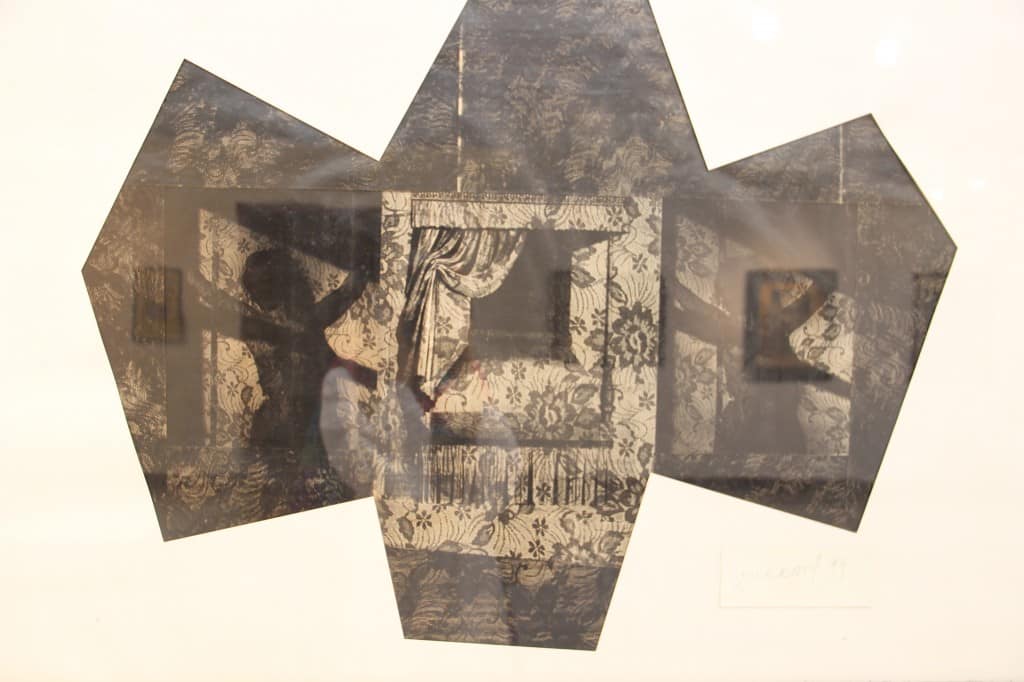
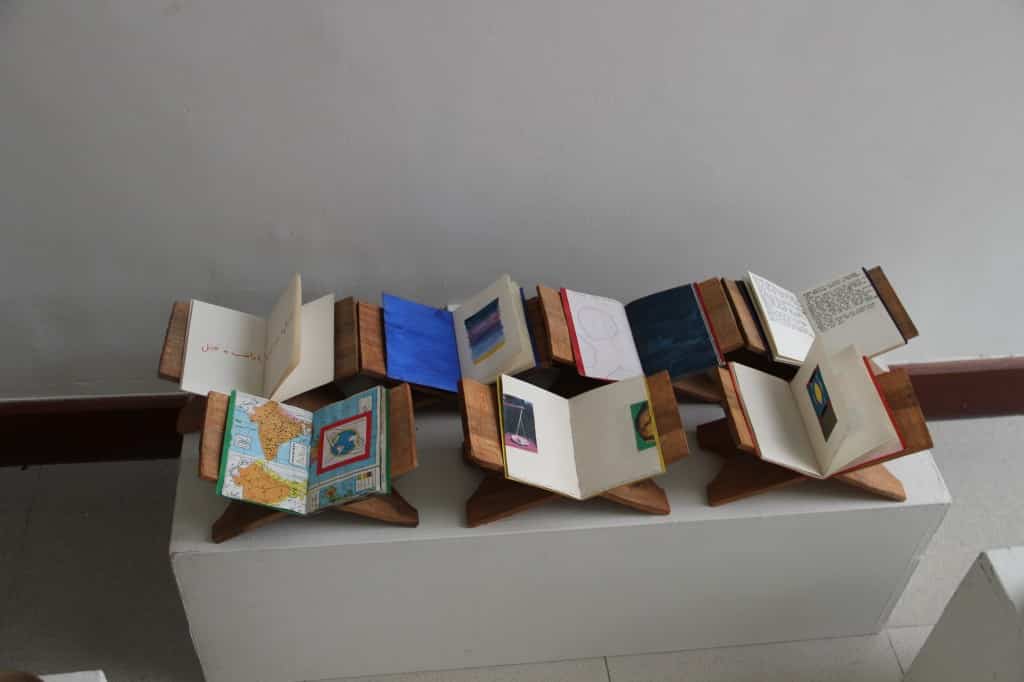
Written and photographed by Qinza Najm

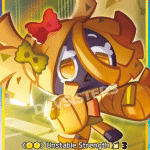
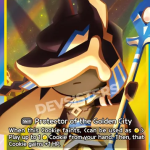
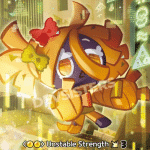
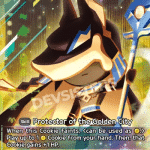




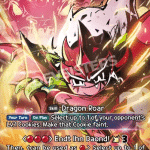

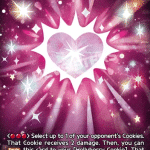
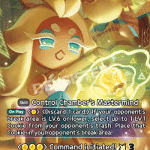
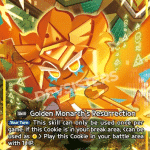
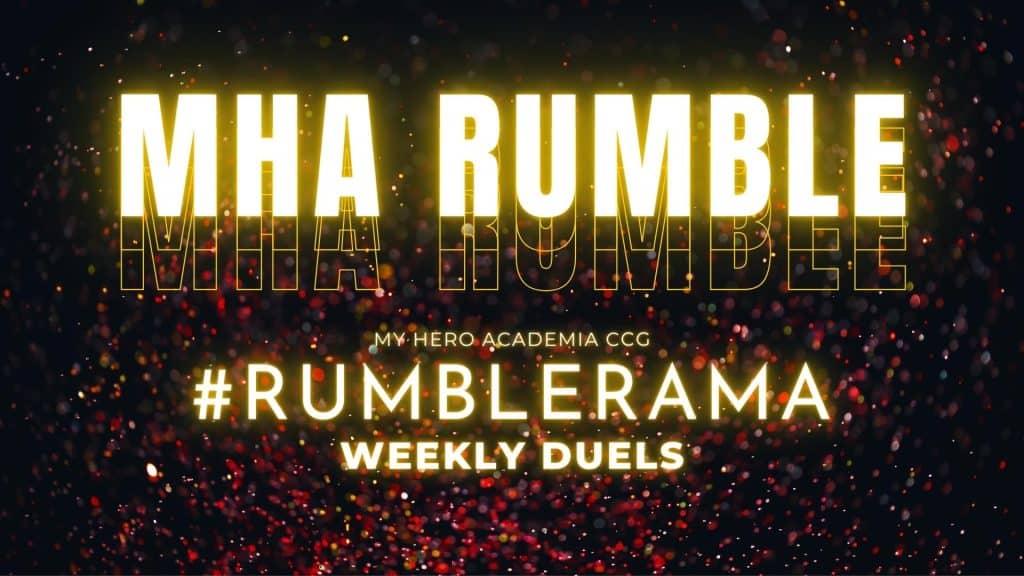

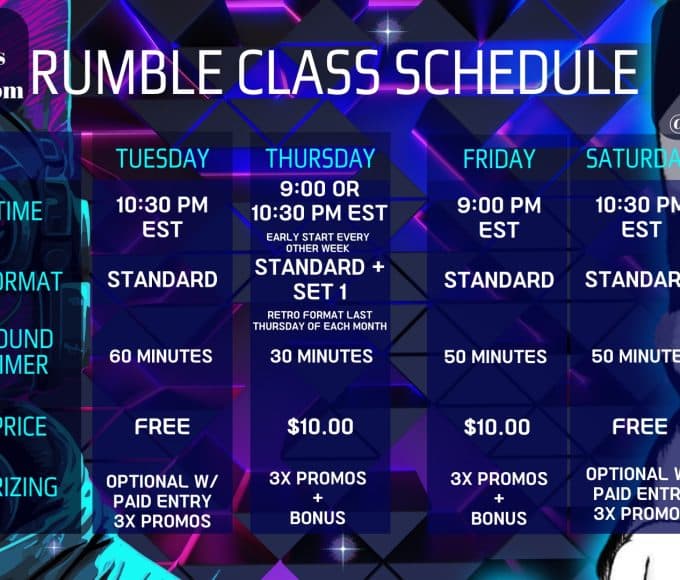
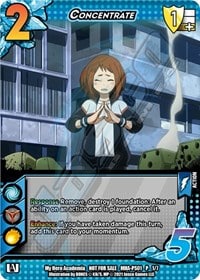
Leave a comment